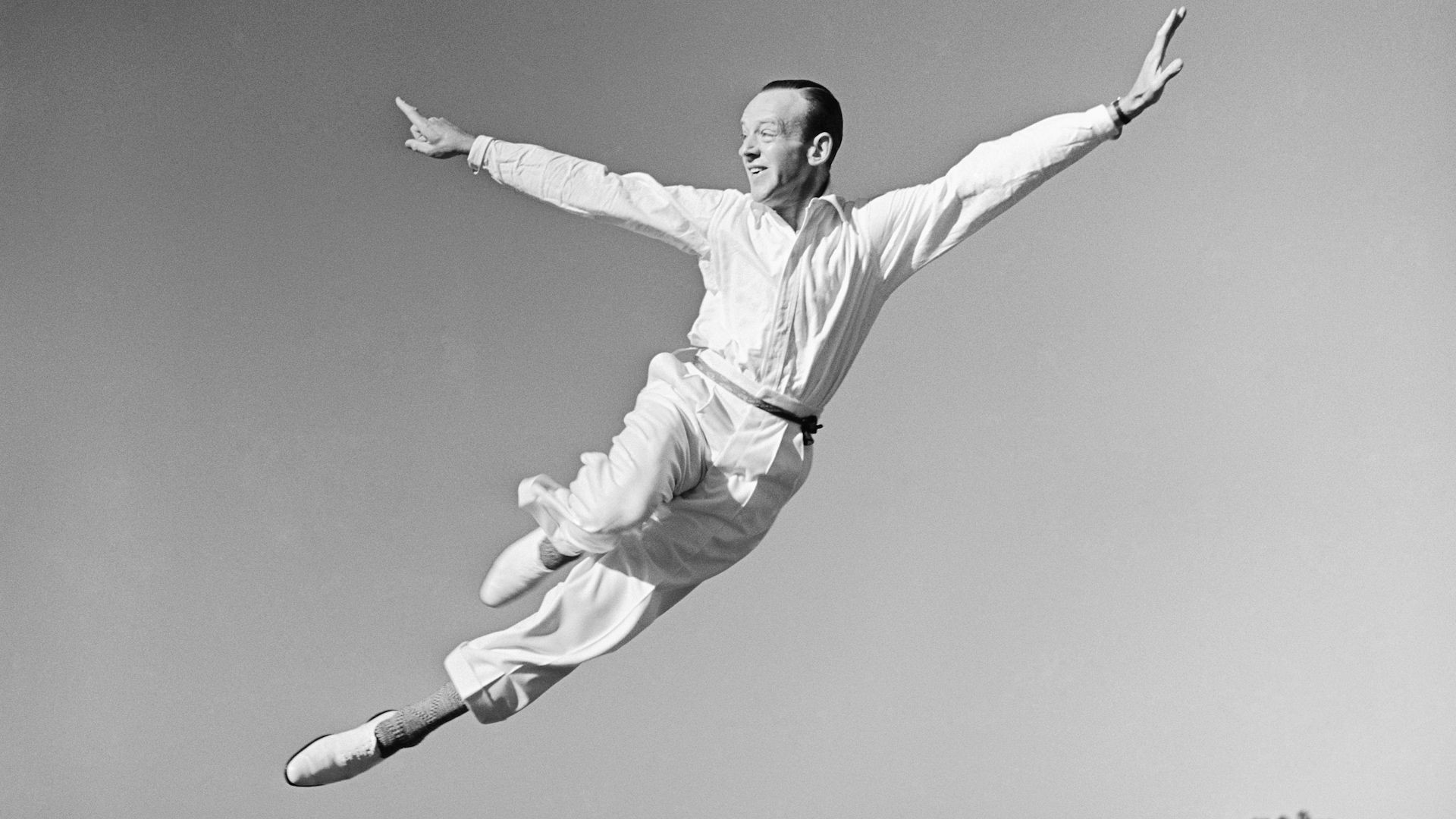Dance, a fundamental aspect of human expression, is defined as the rhythmic movement of the body, often set to music and within a defined space, for purposes ranging from conveying ideas and emotions to releasing energy and sheer enjoyment. While dance is an innate human impulse, the art of dance elevates this impulse through skilled execution into a powerful form of expression, capable of captivating audiences, even those who do not themselves dance. This duality – dance as spontaneous expression and as a refined art form – lies at the heart of understanding its enduring appeal and historical significance. Exploring the History Of Dance reveals how these concepts have intertwined and evolved across cultures and time.
Early Conceptions of Dance: Ancient Views
Throughout history, philosophers and critics have attempted to define dance, often reflecting the dance forms most prevalent in their own eras. Aristotle, in his Poetics, perceived dance within the context of classical Greek theatre. He described it as rhythmic movement intended “to represent men’s characters as well as what they do and suffer.” This definition highlights the role of dance in ancient Greek theatrical performances, where the chorus utilized movement to embody the drama’s themes during lyrical interludes. In this early view, the history of dance is intertwined with storytelling and character portrayal, serving a narrative and representational function within a broader artistic context.
The Evolution of Formal Dance: 18th Century Perspectives
By the 18th century, ideas about dance had shifted, reflecting the rise of formalized genres like ballet. English ballet master John Weaver, writing in 1721, described dance as “an elegant, and regular movement, harmoniously composed of beautiful Attitudes, and contrasted graceful Posture of the Body, and parts thereof.” Weaver’s definition mirrors the dignified and courtly ballet of his time, characterized by strict aesthetics and restrained emotion. In this phase of the history of dance, emphasis was placed on grace, precision, and formal beauty, moving away from the raw expressiveness of earlier forms towards a more refined and structured art.
 Misty Copeland and James Whiteside
Misty Copeland and James Whiteside
Misty Copeland and James Whiteside performing Swan Lake, illustrating the formal elegance of ballet in the history of dance.
Shifting Perceptions: 19th Century Views on Grace and Beauty
The 19th century continued to emphasize grace and beauty in dance. French dance historian Gaston Vuillier further elaborated on these qualities, distinguishing “true” dance from what he perceived as the unrefined movements of early humans. Vuillier suggested that “savage man” was incapable of the refined rhythmic postures of dance, associating early movement with “leaps and bounds, the incoherent gestures” of a “brutal life.” This perspective in the history of dance reflects a hierarchical view, placing formalized, graceful dance above more primal forms of movement, suggesting an evolutionary progression towards aesthetic refinement.
Modern Dance and Emotional Expression: 20th Century Shift
A significant shift in understanding the history of dance occurred in the 20th century, with the rise of modern dance. Dance critic John Martin championed dance as a physical manifestation of inner emotion, largely disregarding the formal aspects. He stated, “At the root of all these varied manifestations of dancing . . . lies the common impulse to resort to movement to externalise states which we cannot externalise by rational means. This is basic dance.” Martin’s view, influenced by Expressionism, underscores the role of dance as a powerful outlet for expressing emotions that transcend verbal communication. This marked a return, in some ways, to the idea of dance as a fundamental human impulse, but now framed within a modern understanding of psychology and emotional expression.
A Universal Definition Across History
Ultimately, a comprehensive understanding of the history of dance requires returning to the foundational idea that dance is an art form utilizing the body and its full range of motion. Unlike everyday movements dictated by necessity, dance movements are driven by self-expression, aesthetic considerations, and entertainment. While work dances in various cultures demonstrate the integration of practical movements into dance, even these forms transcend mere labor, incorporating elements of artistry and intentionality. Across its vast history, dance remains a unique art form distinguished by its capacity to convey meaning and evoke emotion through movement, continuously evolving while retaining its core essence as a fundamental human expression.
 How Fred Astaire became a dancer
How Fred Astaire became a dancer
Fred Astaire’s journey to becoming a dancer, showcasing individual paths within the broader history of dance.
